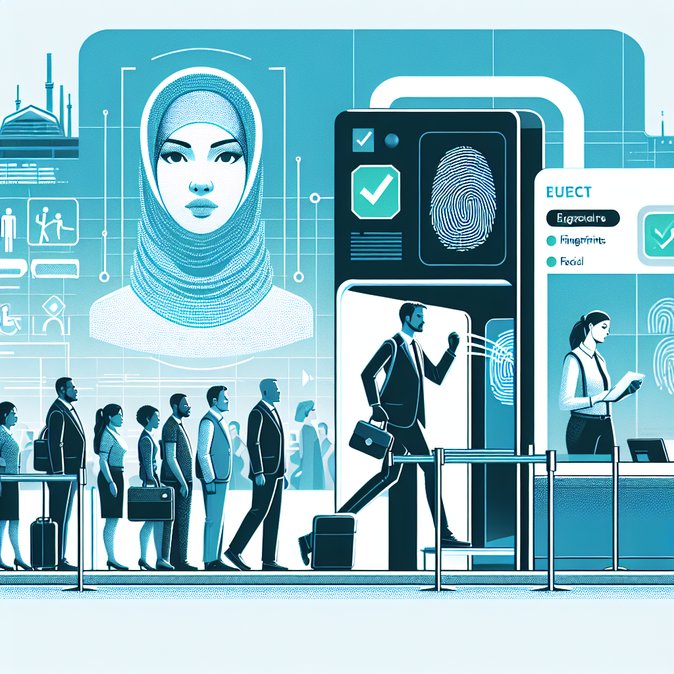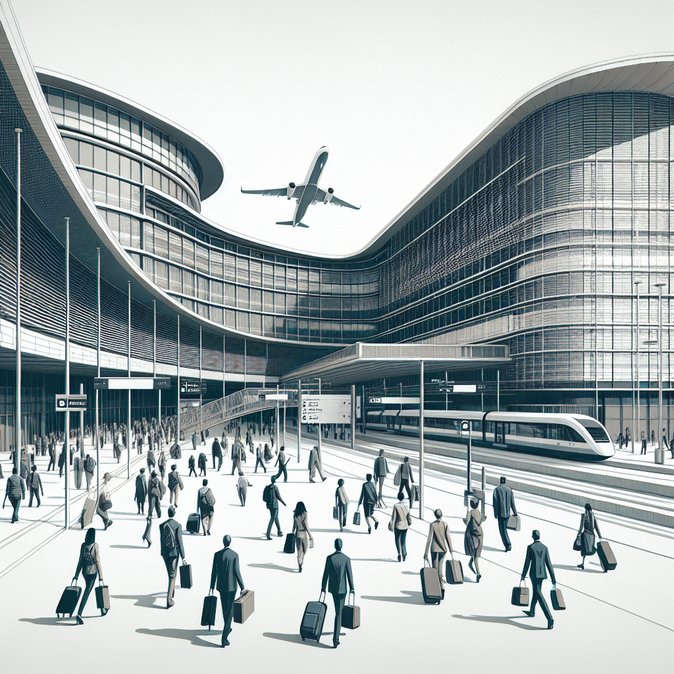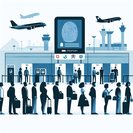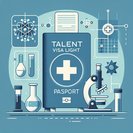
Zurich Airport has become the last of Switzerland’s three international hubs to switch fully to the EU Entry/Exit System (EES). On 21 November the airport confirmed that all 52 Secunet self-service kiosks and e-gates are live, following a quiet soft-launch earlier in the week.
Under EES, third-country nationals must enrol four fingerprints and a live facial image the first time they cross a Schengen external border; subsequent trips require only a passport scan and face match, with the database automatically tallying days in and out. During the first 48 hours of operation, first-time enrolments averaged 7-10 minutes, but peak-hour queues on 20 November stretched to 40 minutes, prompting airlines to recommend 90-minute connection buffers for non-EU passengers.
![Zurich Airport Completes Entry/Exit System Roll-Out—Biometrics Now Mandatory for All Non-EU Arrivals]()
Swiss, EU and EFTA citizens remain exempt from fingerprinting and can use e-gates for facial verification. The airport authority said the system’s encrypted data-sharing with the Swiss Border Guard Corps complies with the Federal Act on Data Protection and should ultimately shorten processing times once travellers are familiar with the procedure.
For corporate mobility teams the chief advantage is transparency: HR can check an assignee’s remaining Schengen-area allowance online before approving last-minute travel, reducing the risk of inadvertent overstays that could jeopardise future visa applications. Zurich plans to add a dedicated EES service desk for large tour groups and integrate ETIAS validation into the same kiosks when that system launches in mid-2026.
Under EES, third-country nationals must enrol four fingerprints and a live facial image the first time they cross a Schengen external border; subsequent trips require only a passport scan and face match, with the database automatically tallying days in and out. During the first 48 hours of operation, first-time enrolments averaged 7-10 minutes, but peak-hour queues on 20 November stretched to 40 minutes, prompting airlines to recommend 90-minute connection buffers for non-EU passengers.

Swiss, EU and EFTA citizens remain exempt from fingerprinting and can use e-gates for facial verification. The airport authority said the system’s encrypted data-sharing with the Swiss Border Guard Corps complies with the Federal Act on Data Protection and should ultimately shorten processing times once travellers are familiar with the procedure.
For corporate mobility teams the chief advantage is transparency: HR can check an assignee’s remaining Schengen-area allowance online before approving last-minute travel, reducing the risk of inadvertent overstays that could jeopardise future visa applications. Zurich plans to add a dedicated EES service desk for large tour groups and integrate ETIAS validation into the same kiosks when that system launches in mid-2026.








